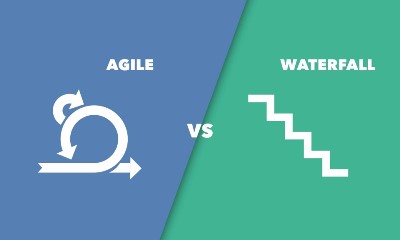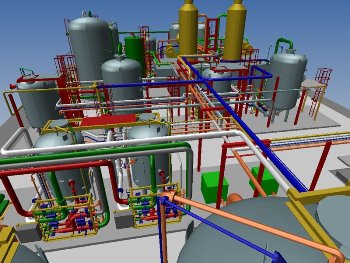Project Value Delivery announces joining Archery Strategy Consulting Group, which has acquired a majority shareholding. Read the press release here.
Project Value Delivery, which will remain a separate entity and brand, will thus be provided with new development and growth opportunities to create value for its clients in its areas of expertise, as well as in synergy with Archery Strategy Consulting in the Aerospace&Defence and Transportation sectors.
Archery Strategy Consulting is a consulting firm specialized in three industrial sectors of large projects and large contracts (Aerospace-Defence-Security, Transportation-Logistics-Mobility and Energy-Environment). Through this strategic partnership, Archery Strategy Consulting strengthens its offering in the management of large projects / programs and extends its capabilities to new sectors at the center of the strategic autonomy challenge such as Renewable Energies, Mining and Oil & Gas. The footprint of Project Value Delivery in Singapore will also allow Archery Strategy Consulting to support its clients on Asian markets.
Stéphane Albernhe, founder of Archery Strategy Consulting: “We are delighted to welcome Project Value Delivery and its team within Archery. Their track record and recognized expertise in the management of complex projects complement our ability to effectively support our clients in the management of their industrial projects. In addition, Project Value Delivery’s international presence strengthens our ability to support our clients in Asia and provides additional growth opportunities for the Group.”
Jérémie Avérous, founder of Project Value Delivery: “This partnership will allow PVD to provide its clients with additional capabilities thanks to Archery expertise and Archery clients will be able to benefit from our competences. It will also allow PVD to rely on Archery platform to grow and offer its expertise to new customers, particularly in Archery areas of Aerospace, Defence and Transportation.”
Read the press release here, which also includes a detailed description of the capabilities of both organisations.










